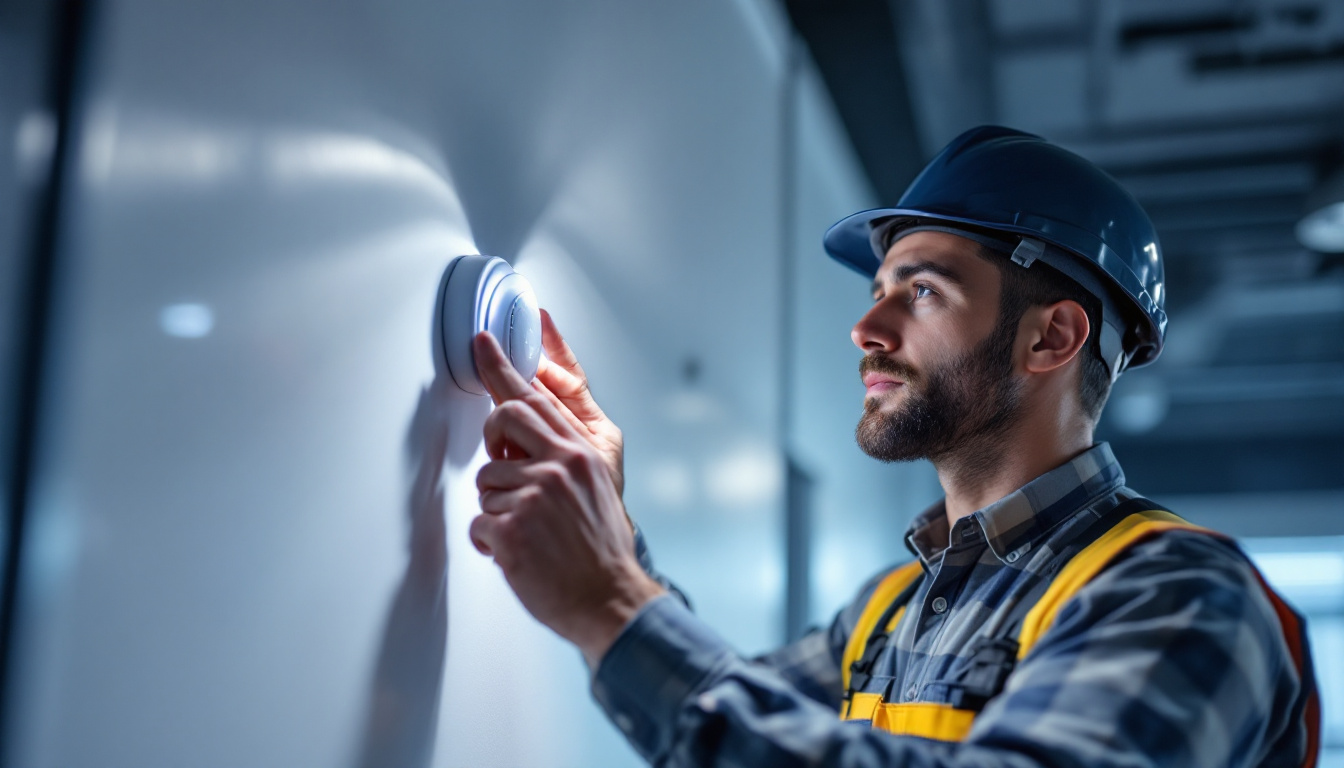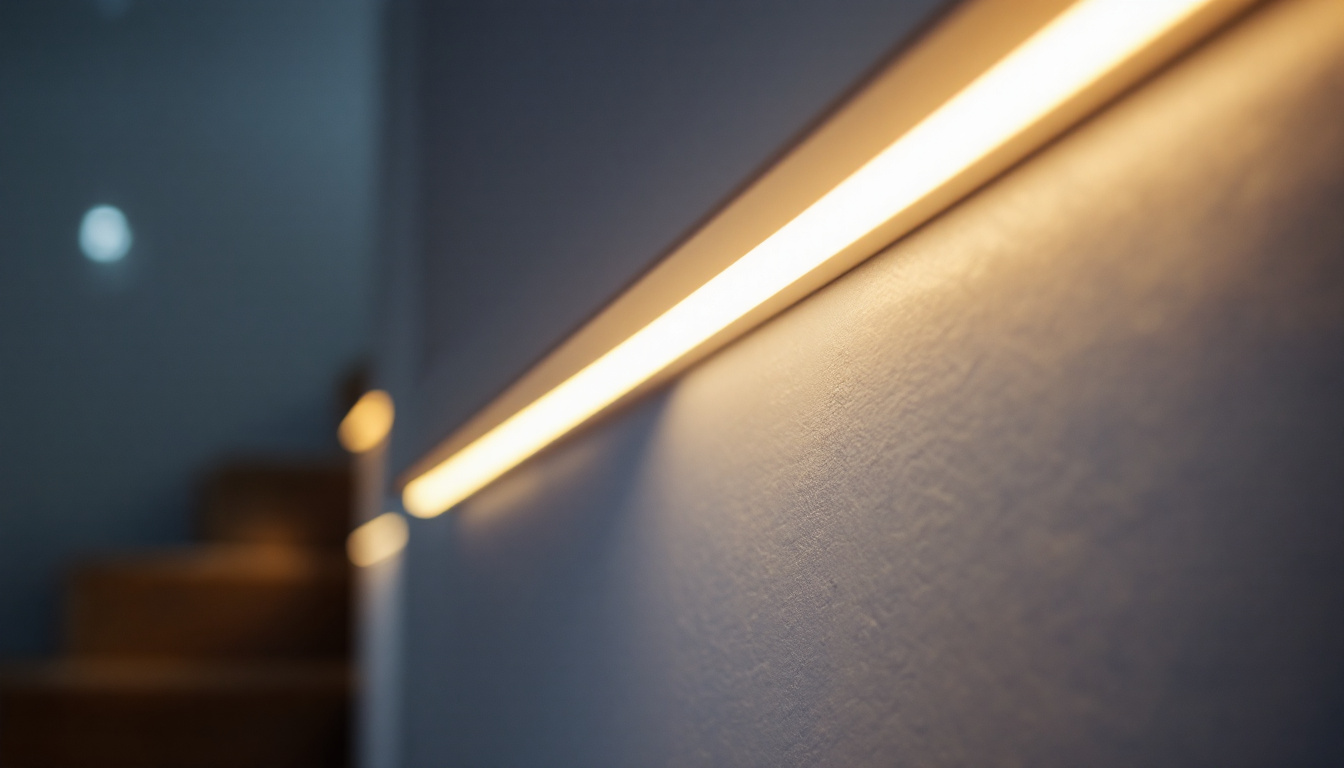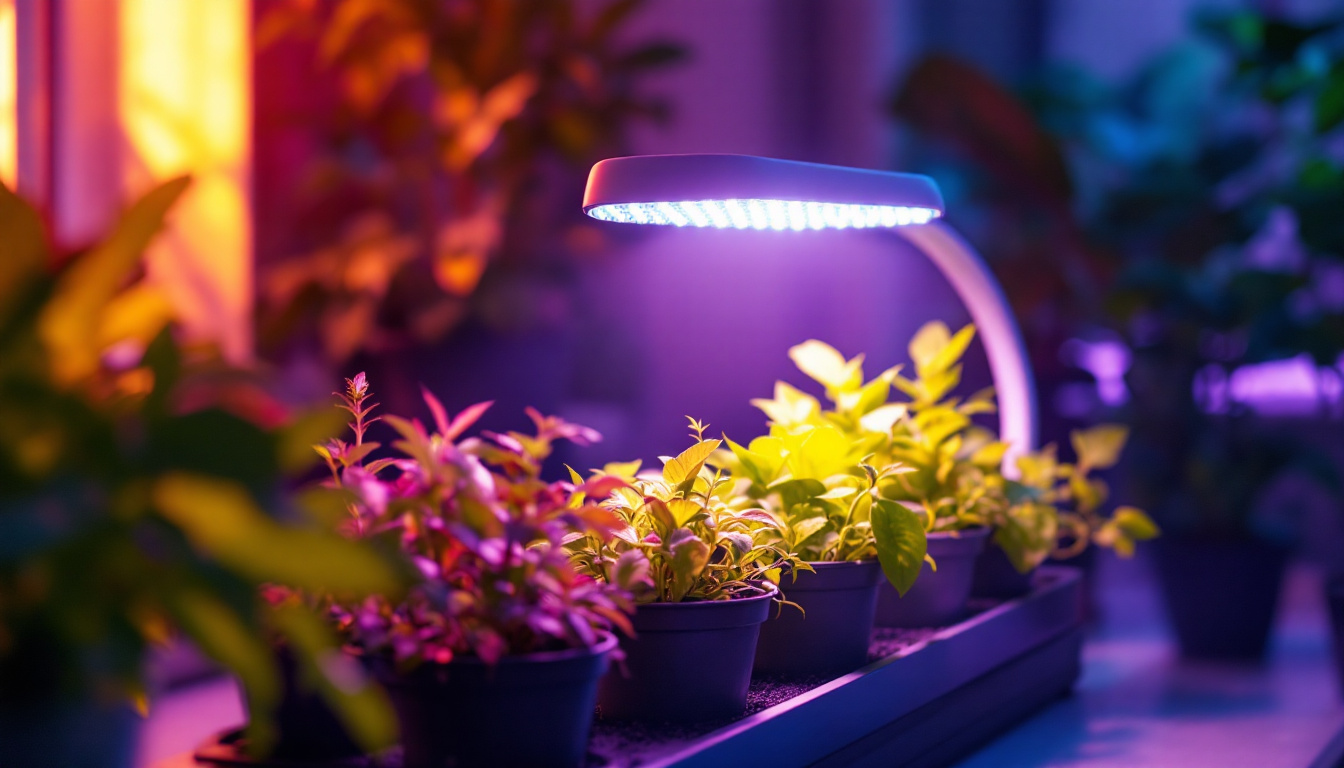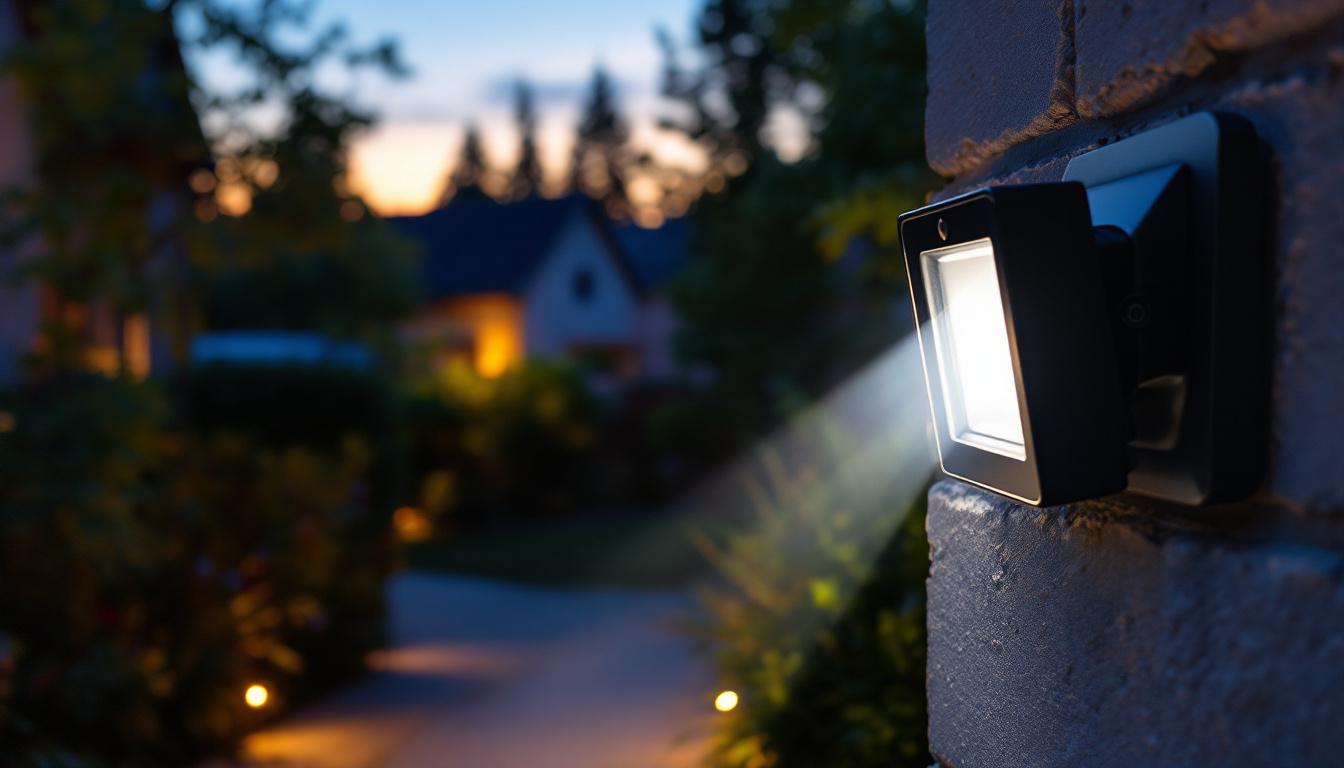
occupancy detectors are devices designed to automatically turn lights on or off based on the presence of individuals in a space. These systems play a crucial role in enhancing energy efficiency, extending the lifespan of lighting fixtures, and improving overall convenience in various environments, from residential homes to commercial buildings.
As lighting technology continues to evolve, contractors often encounter a range of questions regarding the installation, functionality, and benefits of occupancy detectors. This article aims to address some of the most common inquiries that lighting contractors face, providing clarity and insights into this essential component of modern lighting systems.
Occupancy detectors come in several types, each designed for specific applications and environments. The most common types include passive infrared (PIR), ultrasonic, and dual-technology detectors. Understanding the differences among these types is vital for contractors when recommending solutions to clients.
PIR detectors work by sensing the infrared radiation emitted by people and animals. They are ideal for spaces with clear line-of-sight and are commonly used in residential settings. Ultrasonic detectors, on the other hand, emit sound waves that bounce off objects in the room. They are more sensitive and can detect movement through obstacles, making them suitable for larger or more complex spaces.
Dual-technology detectors combine both PIR and ultrasonic technologies to reduce false triggers and enhance reliability. This makes them a popular choice for commercial applications where precision is paramount.
One of the primary advantages of using occupancy detectors is their ability to significantly improve energy efficiency. By ensuring that lights are only on when needed, these devices can lead to substantial energy savings over time. This is particularly beneficial in commercial buildings where lights may otherwise remain on for extended periods, even in unoccupied areas.
Moreover, many occupancy detectors can be integrated with smart lighting systems, allowing for more sophisticated control over lighting schedules. For example, lights can be programmed to dim or turn off automatically when a space is unoccupied, further enhancing energy conservation efforts.
In addition to energy savings, the use of occupancy detectors can contribute to lower operational costs. With reduced energy consumption, businesses can see a decrease in their utility bills, making these devices a wise investment.
When it comes to installing occupancy detectors, several factors must be taken into account to ensure optimal performance. Proper placement, wiring, and configuration are critical to achieving the desired results.
Contractors should begin by assessing the layout of the space. Understanding the flow of movement and identifying areas where occupancy is likely to occur can help determine the best locations for installing detectors. Additionally, the height at which detectors are mounted can influence their effectiveness; typically, they should be installed at a height that maximizes their coverage area.
Mounting occupancy detectors correctly is essential for maximizing their effectiveness. For PIR detectors, it is generally recommended to install them at a height of 8 to 10 feet. This height allows for optimal detection of movement while minimizing the chances of false triggers from small animals or other heat sources.
Ultrasonic detectors, however, can be mounted higher, often at 10 to 12 feet, as they rely on sound waves rather than infrared radiation. It is also important to avoid mounting detectors near vents, windows, or other sources of airflow that could disrupt their functionality.
In addition to height, contractors should consider the angle of the detectors. Proper angling can enhance the coverage area and ensure that the detectors can effectively sense movement throughout the space.
Wiring occupancy detectors correctly is another critical aspect of installation. Contractors must ensure that the detectors are connected to the appropriate power source and that any necessary relays or control systems are properly integrated. Miswiring can lead to malfunctioning detectors or reduced effectiveness.
Configuration is equally important. Many occupancy detectors come with adjustable settings that allow contractors to customize sensitivity levels, time delays, and other parameters. Taking the time to configure these settings based on the specific needs of the space can greatly enhance performance and user satisfaction.
Even with proper installation, occupancy detectors can occasionally experience issues. Understanding common problems and their solutions can help contractors provide better service to their clients.
One frequent issue is false triggering, which can occur due to environmental factors such as drafts, heat sources, or even pets. In such cases, adjusting the sensitivity settings or relocating the detector may resolve the problem. Additionally, ensuring that the detector is not obstructed by furniture or decor can help improve its performance.
If an occupancy detector is not responding as expected, the first step is to check the power supply. Ensuring that the device is receiving power is crucial for its operation. If the power supply is intact, contractors should examine the wiring for any loose connections or damage.
Another common troubleshooting step is to reset the detector. Many models have a reset function that can clear any temporary glitches. If the issue persists, consulting the manufacturer’s guidelines or reaching out to technical support may be necessary.
Regular maintenance is essential for ensuring the longevity and effectiveness of occupancy detectors. Dust and debris can accumulate on the sensors, leading to reduced performance. Contractors should recommend periodic cleaning to clients, which can be as simple as wiping the surface with a soft cloth.
Additionally, it is advisable to check the settings and functionality of the detectors at least once a year. This proactive approach can help identify any potential issues before they become significant problems, ensuring that the detectors continue to operate efficiently.
The integration of occupancy detectors with smart lighting systems represents a significant advancement in lighting technology. This combination allows for more sophisticated control over lighting environments, enhancing both convenience and energy efficiency.
Smart lighting systems can be programmed to respond to occupancy sensors in real-time, adjusting brightness levels or turning lights on and off based on detected movement. This level of automation not only improves user experience but also contributes to energy savings by ensuring that lights are used only when necessary.
Integrating occupancy detectors with smart lighting systems offers numerous benefits. One of the most significant advantages is the ability to create customized lighting scenarios based on occupancy patterns. For instance, in a conference room, lights can be set to automatically adjust based on the number of people present, enhancing comfort and productivity.
Moreover, smart integration allows for remote control and monitoring. Facility managers can access lighting systems via mobile apps, enabling them to make adjustments on the fly or receive notifications if a space has been occupied outside of normal hours. This level of control can enhance security and operational efficiency.
Contractors play a vital role in educating clients about the benefits of smart lighting solutions. Providing demonstrations of how occupancy detectors work in conjunction with smart systems can help clients visualize the advantages. Additionally, sharing case studies or testimonials from other clients can illustrate the real-world benefits of these technologies.
Offering ongoing support and guidance can also foster a positive relationship with clients. By being available to answer questions and provide assistance with system configurations, contractors can ensure that clients feel confident in their investment in smart lighting solutions.
The field of occupancy detection technology is continually evolving, with new advancements emerging regularly. Staying informed about these trends is essential for contractors who wish to remain competitive in the market.
One notable trend is the increasing use of artificial intelligence (AI) in occupancy detection systems. AI can enhance the accuracy of detection algorithms, reducing false triggers and improving overall performance. As these technologies become more accessible, contractors may find themselves integrating AI-driven solutions into their offerings.
The Internet of Things (IoT) is also poised to play a significant role in the future of occupancy detection. IoT-enabled devices can communicate with one another, allowing for more sophisticated control and monitoring of lighting systems. For example, occupancy detectors could work in tandem with HVAC systems to optimize energy usage throughout a building.
As IoT technology continues to advance, contractors will need to familiarize themselves with these systems to provide comprehensive solutions to clients. Understanding how to integrate occupancy detectors with other IoT devices will be crucial for staying ahead in the industry.
To prepare for future developments in occupancy detection technology, contractors should prioritize ongoing education and training. Attending industry conferences, participating in webinars, and engaging with manufacturers can provide valuable insights into emerging trends and technologies.
Additionally, building a network of industry professionals can facilitate knowledge sharing and collaboration. By staying informed and adaptable, contractors can position themselves as leaders in the field of lighting solutions.
Occupancy detectors are an essential component of modern lighting systems, offering numerous benefits in terms of energy efficiency, convenience, and user satisfaction. By understanding the different types of detectors, installation best practices, troubleshooting techniques, and future trends, lighting contractors can provide valuable solutions to their clients.
As technology continues to evolve, staying informed and adaptable will be key to success in the lighting industry. By embracing innovations such as smart integration and IoT, contractors can enhance their service offerings and meet the ever-changing needs of their clients.
Ready to elevate your lighting projects with the latest in occupancy detection technology? Look no further than LumenWholesale, where we provide contractors with the highest quality, spec-grade lighting products at unbeatable wholesale prices. Our selection of occupancy detectors is designed to meet the highest industry standards, ensuring you deliver reliable and high-performance lighting solutions to your clients. Take advantage of our hassle-free bulk buying options with free shipping and no hidden fees. Experience the perfect blend of quality, affordability, and convenience today by visiting Wholesale Lighting at the Best Value.

Discover the frequent pitfalls lighting contractors face with recessed LED strip lighting installations.

Discover how log cabin lighting fixtures not only enhance the rustic charm of your space but also significantly improve safety in lighting installations.

Discover the top strategies lighting contractors use with Hydrofarm grow lights to optimize plant growth and energy efficiency.

Discover the essential role of motion detector floodlights in modern lighting installations.